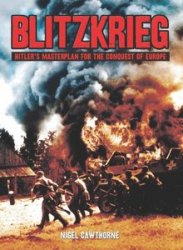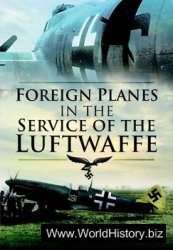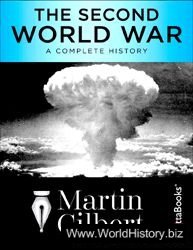CHALLENGE AIR INTERNATIONAL: United States (19841987). CAI is established at Miami in the fall of 1984 as the passenger division of Challenge Air Transport, itself founded in 1978 and now concentrating on all-cargo operations. Employing a Boeing 737-2K2 leased from Transavia Holland, N. V., the semi-autonomous operator inaugurates charter and inclusive-tour flights on December 31 from Miami to San Pedro via Tegucigalpa.
In early 1985, a second leased B-737-2K2 is acquired and scheduled passenger flights begin in the spring. Destinations visited now include San Pedro, Sula, Tegucigalpa, San Salvador and Belize City. Charters are offered from Baltimore and Philadelphia to Nassau and Freeport in the Bahamas. Two more B-737-2K2s are acquired and almost 100,000 passengers are transported during the start-up year.
The 100,000th customer is boarded on January 6, 1986 and, later in the month, another B-737-2K2 is delivered from Transavia Holland, N. V.
Following a June reorganization, which sees the cargo division become the separate Challenge Air Cargo, the company is purchased for over $1 million by the Airline Holding Company investment group headed by Eli Timoner, Air Florida’s founder and former chairman. Timoner becomes chairman of Challenge Air International, with another onetime Air Florida executive, Robert “Bobby” Booth, as president/CEO.
CAI expands to additional markets, including Guatemala City, Kingston, Montego Bay, Port au Prince, Grand Turk, Provindenciales, San Jose, Belize, Panama City, and the Dominican Republic. Traffic and financial figures are not made available; however, expansion proves very costly.
The fleet is reduced to 1 B-727-200 and 1 B-737-2K2 in 1987. Thrice-weekly scheduled flights begin in June from Washington, D. C. (IAD) to Miami, offering through service from the nation’s capital to El Salvador and Belize and connecting services to Costa Rica and Honduras through its Miami gateway. Northbound flights continue to Newark.
On September 28, the company stops flying and in November it files for Chapter XI bankruptcy. During the first 11 months of the year, the carrier flies a total of 120,000 passengers and earned revenues of $21.3 million. Although an operating profit of $552,000 is generated, a net loss of $699,000 is suffered. In December, an unsuccessful effort is made to sell 80% of the carrier’s assets to Milam International, a Colorado-based corporation.
Efforts to resume in 1988 are unsuccessful and the airline contracts with LACSA (Lineas Aereas Costarricenses, S. A.) in January to handle many of its Latin American contracts. The DOT revokes its operating permit in the fall.
CHALLENGE AIR TRANSPORT: United States (1978-1987). Established by William F. (Bill) Spohrer in 1978 to provide scheduled and charter cargo flights to Latin America, CAT’s initial fleet comprises 2 Douglas DC-6s and 1 Boeing 707-320C. Service is started from the Miami base to Panama City and from Miami to Lima via Iquitos. The principal cargo is fresh cut flowers.
Two years later, in 1980, 1 DC-8-55F freighter is acquired. It is, however, returned in 1981 and replaced by another DC-6A and 2 Curtiss C-46As. Challenge now operates 1.18 million FTKs of piston-engine freight. Expenses of $1.38 million exceed operating income of $1.11 million, leaving an operating loss of $270,000 on a net downturn of $385,000.
The fleet in 1982 includes 2 DC-6As, 2 Curtiss C-46As, and the DC-8-55F, which is reintroduced. The jetliner’s arrival helps to insure a significant upturn in cargo to 7.19 million FTKs.
Freight drops at the 28-employee concern in 1983, to 6.4 million FTKs. Service to Peru is temporarily halted for diplomatic reasons in May 1984. Late in the year, a new passenger subsidiary, Challenge Air International, is established.
Although cargo flights to Peru remain grounded in early 1985, the new CAI subsidiary inaugurates scheduled passenger services with a leased B-737-2K2. At this point, CAT establishes a second wholly owned subsidiary, Challenge Air Cargo. The parent’s B-707-330C is chartered and operations begin in the fall.
In June 1986, CAC severs connections with CAT and becomes an independent airline under Chairman Spohrer. Of CAT’s two subsidiaries, only CAI remains and, when it suspends operations on September 30, 1987, the parent retires, giving up on a plan to fly to South America.




 World History
World History









